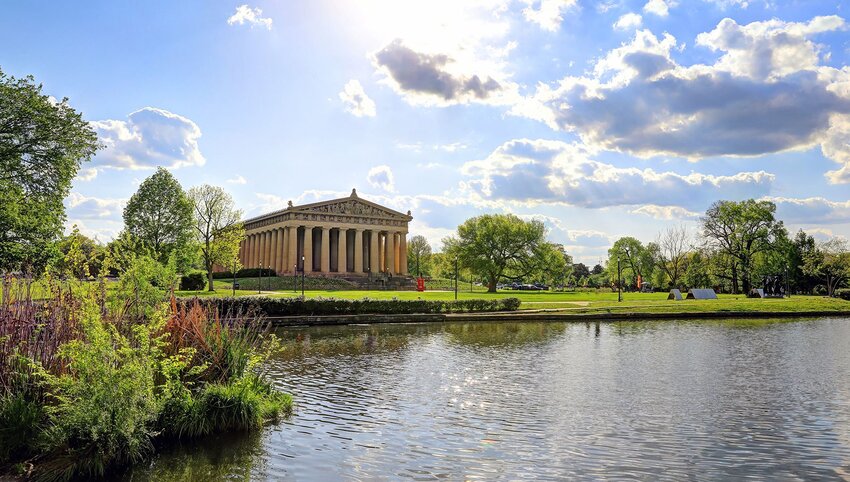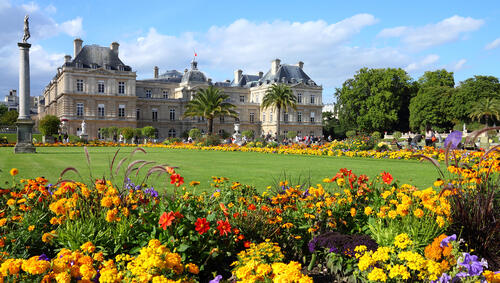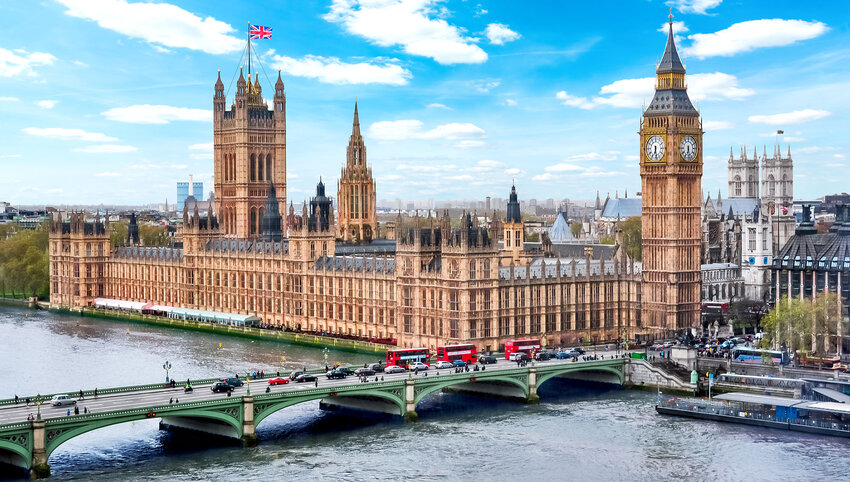European influence has seeped into the very framework of the American spirit. From architecture to cuisine, it’s obvious the cultural impact “the Old World” has had on the U.S. In fact, America’s European ancestry has become so ingrained that it’s resulted in a bit of mimicry, and also ingenuity. If a visit to Europe isn’t in the cards quite yet, explore these American counterparts to six famous European landmarks.
Eiffel Tower, Paris -> Empire State Building, New York City

The most iconic landmark in Europe and possibly the world, Paris’ Eiffel Tower has epitomized the City of Light and stood as the embodiment of France since it was constructed in 1887. Similarly the Empire State Building in New York City has become an emblem of the “American dream”, stoically watching over the U.S.’s largest city. Built 43 years apart, the two steel spires are alike in that their symbolic imagery means the same thing to the world, they are icons of a nation.
If the Eiffel Tower is a bit too far to fly, why not head to see the Empire State Building instead? Designed by the architect William F. Lamb on the site of the historic Waldorf Astoria Hotel, its name was derived from New York’s nickname, the Empire State. The Empire State Building enjoyed its status as the tallest building in the world for 40 years (until the World Trade Center was built in 1971), and still dazzles spectators today.
Athens Parthenon -> Nashville Parthenon
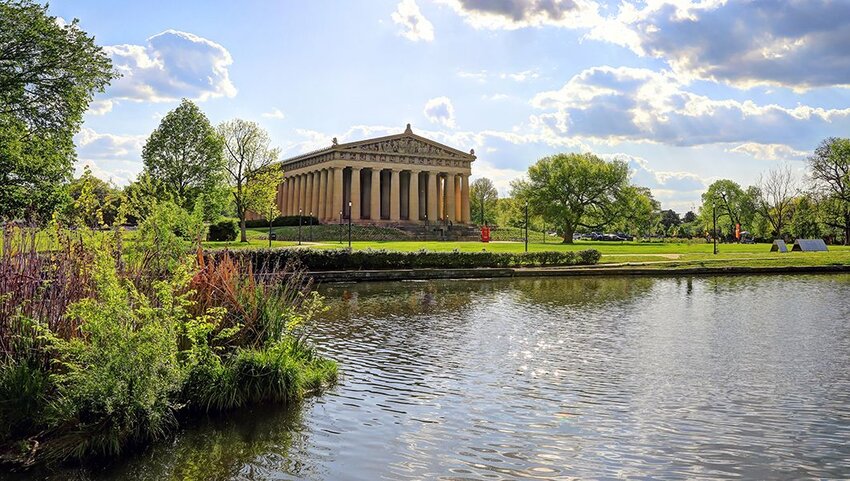
Rising from the hill of the Acropolis in Athens sits the jewel of Greece, the Athens Parthenon. Built in the year 447 BCE, the Parthenon was used as a treasury, typical of temples during that time period, and as an homage to the Greek victory over Persia in the Hellenic War.
While many buildings have been inspired by the original Parthenon in Athens, the Nashville Parthenon is an exact replica of the original. The Nashville Parthenon was built as an ode to the city’s original nickname, the “Athens of the South”, for its penchant towards higher education. Both are a dedication to the arts in different ways as the Nashville Parthenon hosts art exhibits and galleries throughout the year and the Athens Parthenon is thought to be one of the best examples of classical architecture in the world.
Tower Bridge London -> London Bridge, Arizona
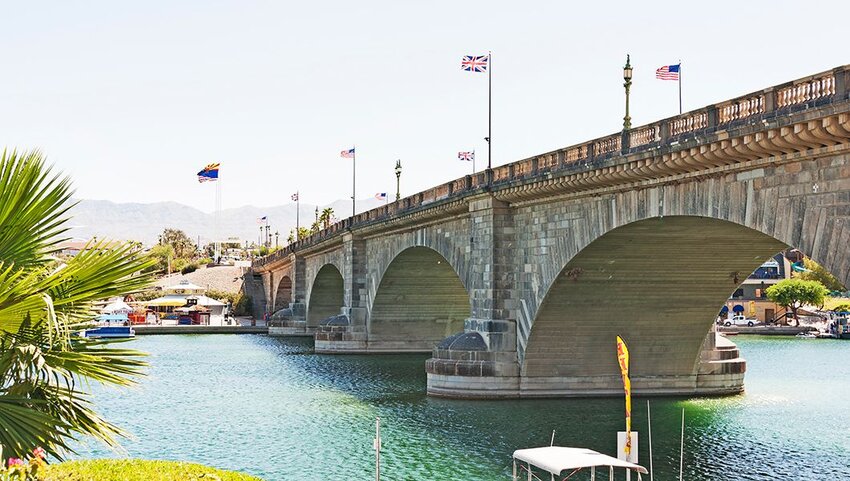
Pining over the Neo-Gothic masterpiece that is London’s Tower Bridge? Look closer to home and you might be surprised to find a piece of actual European architecture right in your backyard. The original London bridge was purchased and transported from its home spanning the River Thames to Lake Havasu, Arizona by an entrepreneur named Robert P. McCulloch. His plan was to install the bridge over a tributary of the Colorado River in Lake Havasu to draw in new residents and tourists alike.
The London Bridge, now unable to withstand the ever-increasing London traffic, was brought brick by brick through the Panama Canal to Arizona. The purchase price of 2.4 million dollars included accoutrement like the original lampposts, made from Napoleon Bonaparte’s liquified cannons, a war prize after the Battle of Waterloo in 1815. Visitors today can enjoy a piece of British history and visit the traditional English village that was built in the bridge’s honor.
Leaning Tower of Pisa -> Leaning Tower of Niles
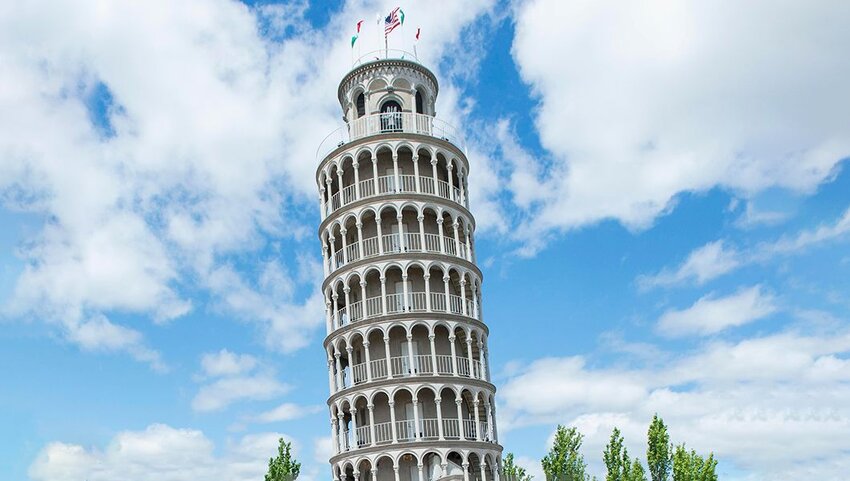
Located just slightly north of the city of Chicago lies a miniature piece of Renaissance history. While we all know Italy's whimsical Leaning Tower of Pisa, Niles, Illinois has its own claim to Italian fame. Built for a far less romantic notion than that of its sister city, the Leaning Tower of Niles was created to disguise a water tower used for public pools. Niles’ tower was designed to be half the size of its namesake, standing at a mere 28 meters (compared to Pisa’s 56 meters).
While the Leaning Tower of Niles may not inspire quite the same charming ideals as the Leaning Tower of Pisa, it’s become a symbol of this tiny Chicago suburb. In fact, the city is so recognizable for its own version of the leaning tower, Niles requested that it and Pisa officially become sister cities. They did in 1991.
Palace of Versailles -> The Biltmore Estate
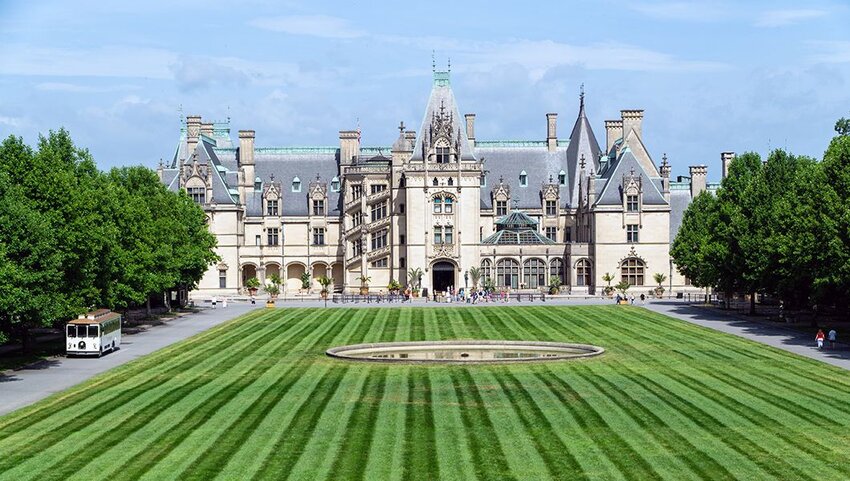
While the Biltmore was designed to resemble the myriad chateaux of France’s Loire Valley, its status as an American icon affords it the right to be compared to the crème de la crème of France, the Châteaux de Versailles. Built to match their families' royal tastes, the Biltmore and the Palace of Versailles complement each other's extravagant architecture. From Louis XIV's kingly riches, to George Vanderbilt's railroad fortunes, no expense was spared for the construction of these elegant homes.
The Biltmore Estate is the largest home in America and was constructed for the Vanderbilt family who were once considered “American Royalty.” George Vanderbilt purchased almost 8,000 acres of land in the Appalachian Mountains to build his dream home. While it doesn’t quite have the 2,300 rooms or palatial gardens of Versailles, its 250 rooms and vineyards are exquisite nonetheless. Come to sip wine looking out over the Smoky Mountains and leave with a better idea of what American royalty really means.
Arc de Triomphe -> Washington Square Arch
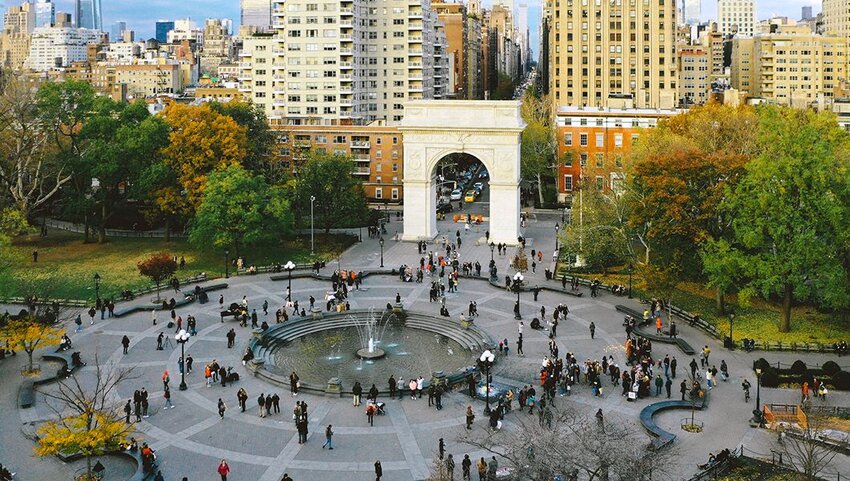
You don’t have to go all the way to Paris to see the stately Arc de Triomphe. Sandwiched between N.Y.C’s Greenwich Village and Noho neighborhoods stands the Washington Square Arch. An homage to George Washington himself, the Washington Square Arch was erected in 1892, on the centennial of Washington’s inauguration as President.
While it looks similar to the Arc de Triomphe, the Washington Square Arch was actually built to resemble the Roman Arch of Titus. All three of these arches are considered triumphal arches, as dedicated arches are commonly known. The arch was built beside the beautiful Washington Park making it a perfect place to take a stroll and ponder its twin across the pond.

